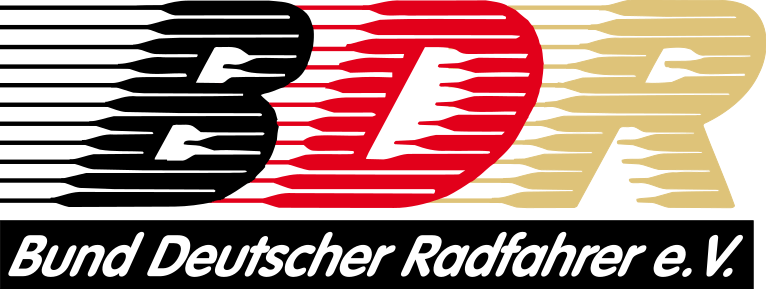The effect of whole-body vibration on subsequent sprint performance in well-trained cyclists
(Die Auswirkung von Ganzkörpervibration auf die nachfolgende Sprintleistung bei gut trainierten Radsportlern )
Postactivation-potentiation exercise with added whole-body vibration (WBV) has been suggested as a potential way to acutely improve sprint performance. In cycling, there are many competitions and situations where sprinting abilities are important.
Purpose: To investigate the effect of adding WBV to warm-up procedures on subsequent cycle sprint performance.
Methods: Eleven well-trained cyclists participated in the study. All cyclists performed a familiarization session before 2 separate test sessions in randomized order. Each session included a standardized warm-up followed by 1 of the following preconditioning exercises: 30 s of half-squats without WBV or 30 s of half-squats with WBV at 40 Hz. A 15-s Wingate sprint was performed 1 min after the preconditioning exercise.
Results: Performing preconditioning exercise with WBV at 40 Hz resulted in superior peak power output compared with preconditioning exercise without WBV (1413 ± 257 W vs 1353 ± 213 W, P = .04) and a tendency toward superior mean power output during a 15-second all-out sprint (850 ± 119 W vs 828 ± 101 W, P = .08). Effect sizes showed a moderate practical effect of WBV vs no WBV on both peak and mean power output.
Conclusions: Preconditioning exercise performed with WBV at 40 Hz seems to have a positive effect on cycling sprint performance in young well-trained cyclists. This suggests that athletes can incorporate body-loaded squats with WBV in preparations to specific sprint training to improve the quality of the sprint training and also to improve sprint performance in relevant competitions.
© Copyright 2017 International Journal of Sports Physiology and Performance. Alle Rechte vorbehalten.
| Schlagworte: | Radsport Sprint Leistung Relation Vibrationstraining Aufwärmung |
|---|---|
| Notationen: | Ausdauersportarten |
| Tagging: | Postaktive Potenzierung |
| DOI: | 10.1123/ijspp.2016-0428 |
| Veröffentlicht in: | International Journal of Sports Physiology and Performance |
| Veröffentlicht: |
2017
|
| Jahrgang: | 12 |
| Heft: | 7 |
| Seiten: | 964-968 |
| Dokumentenarten: | Artikel |
| Sprache: | Englisch |
| Level: | hoch |
